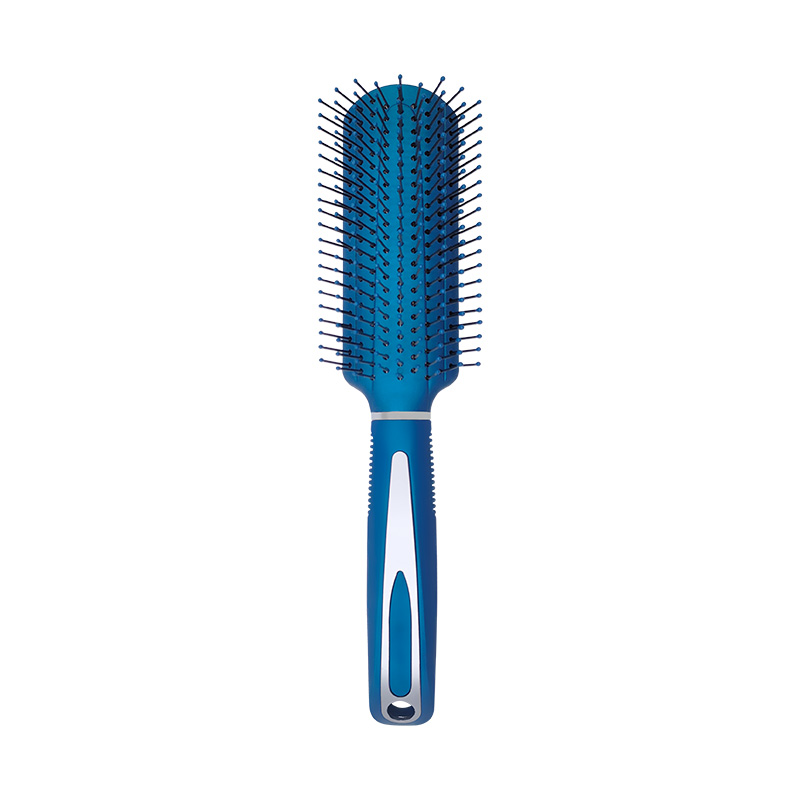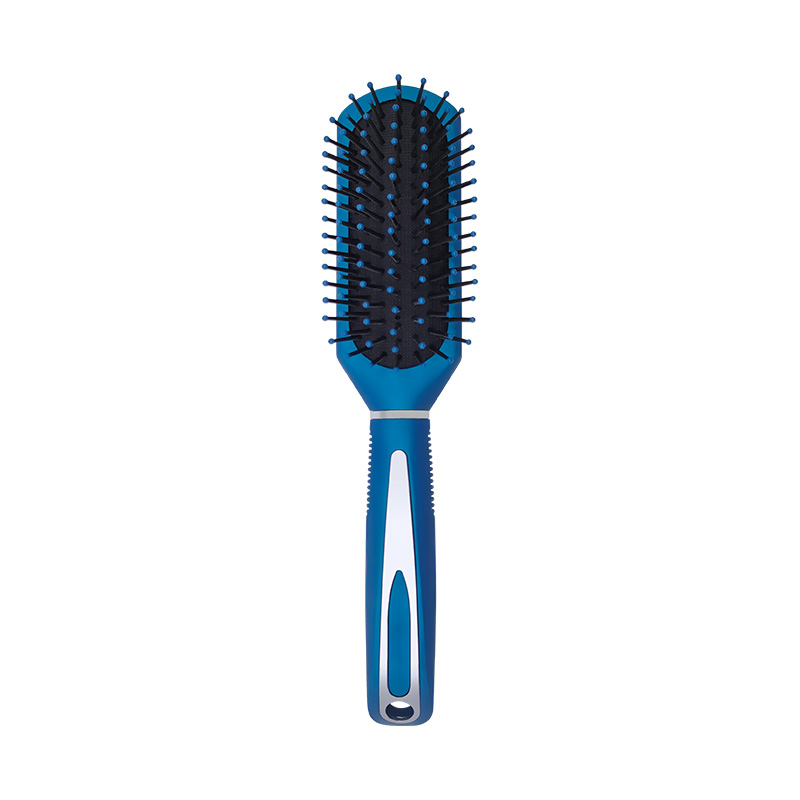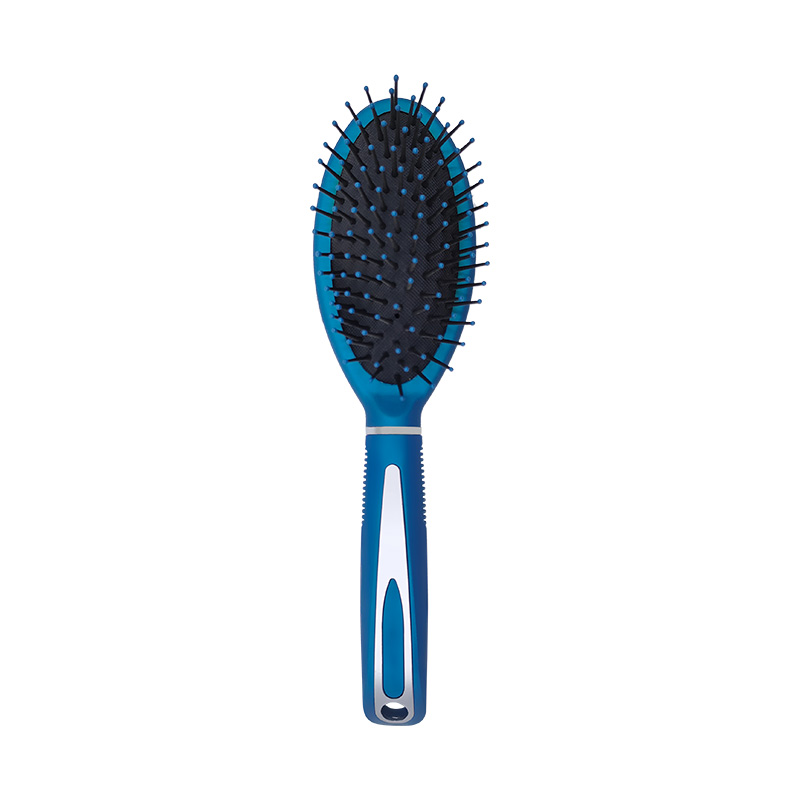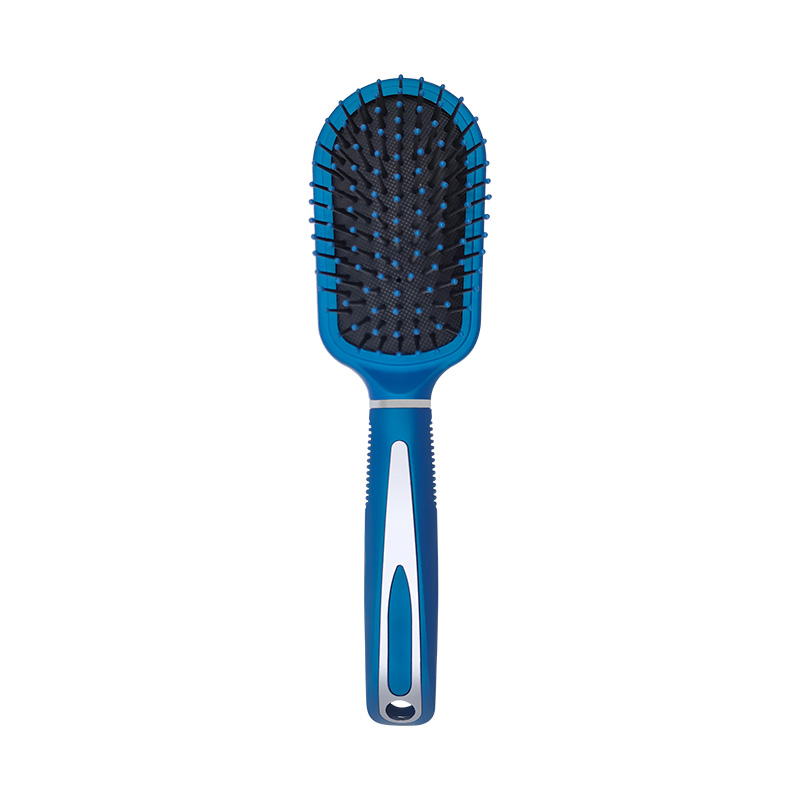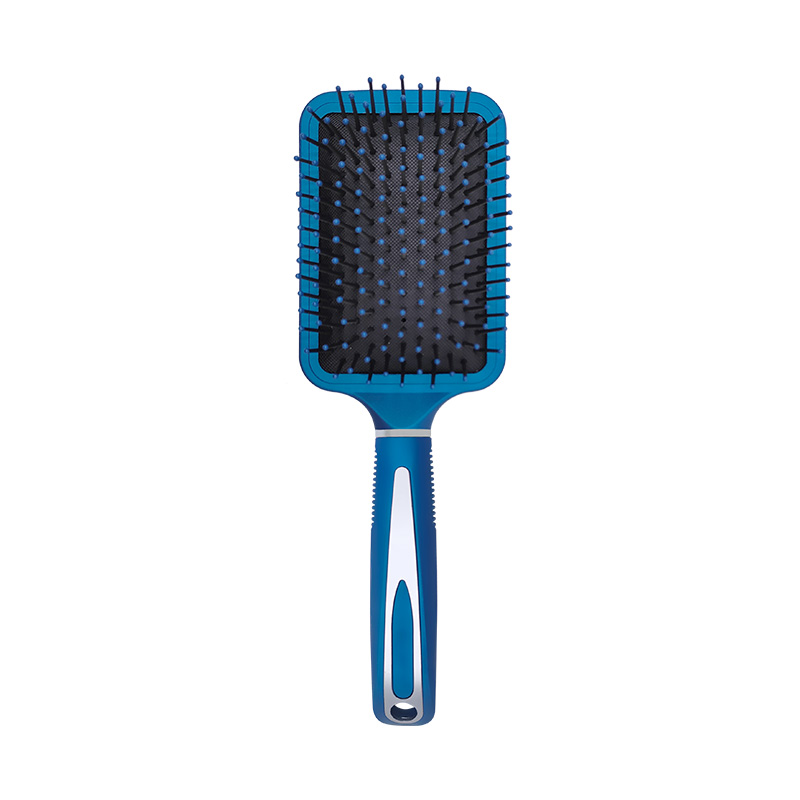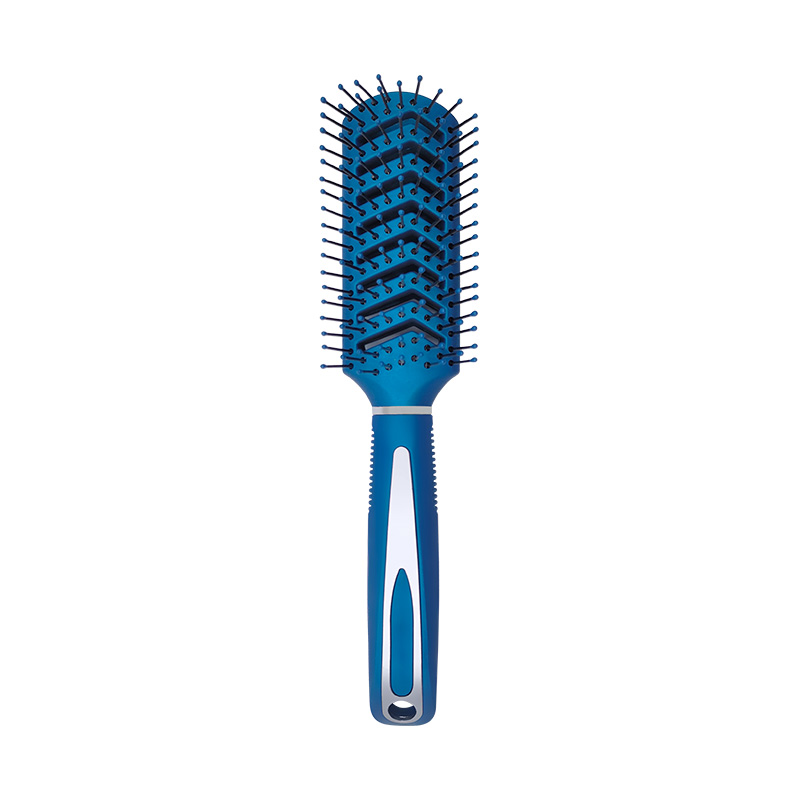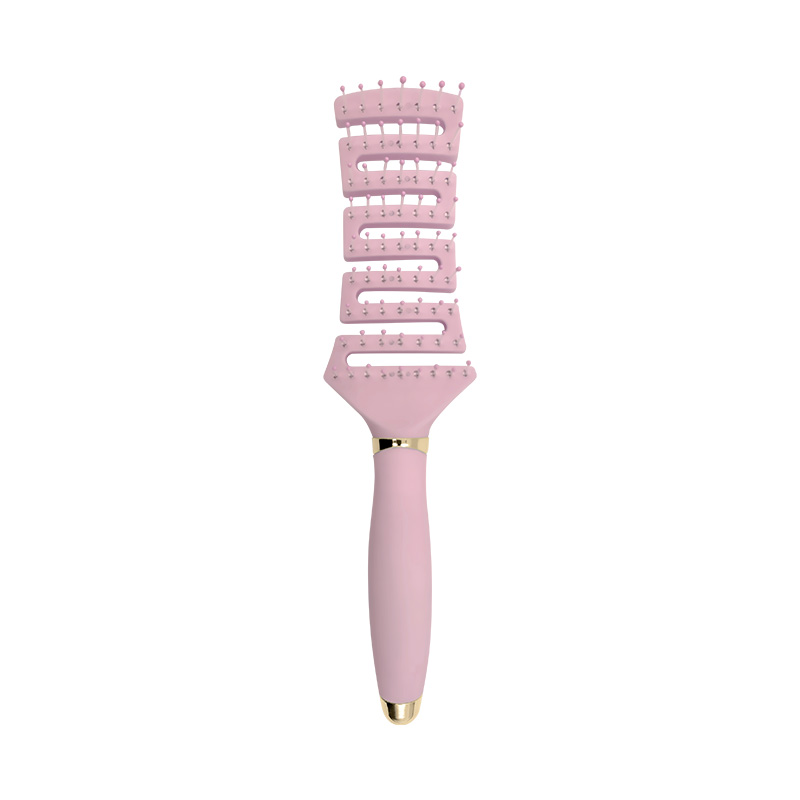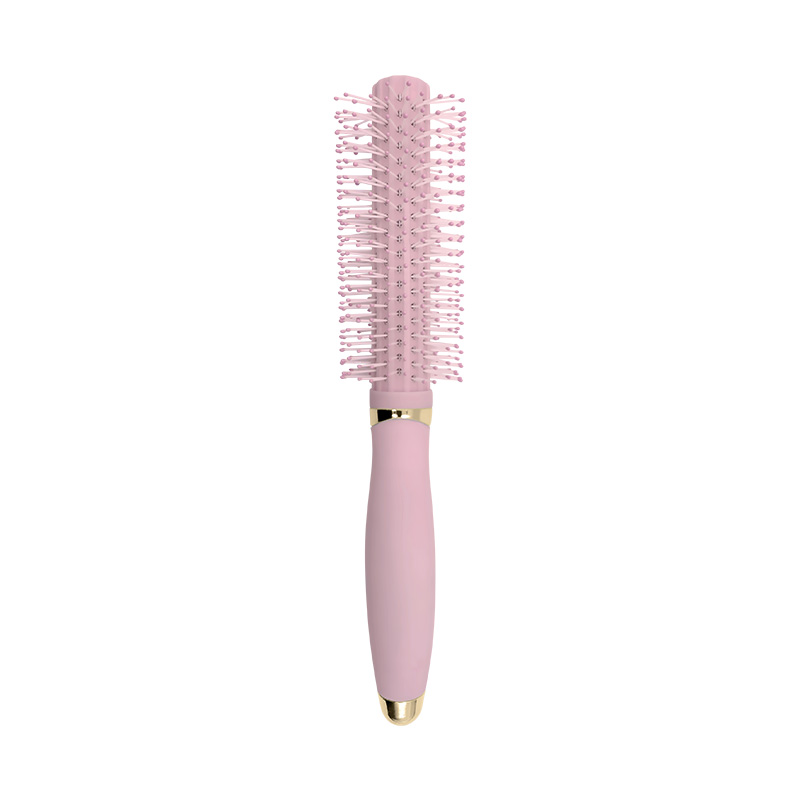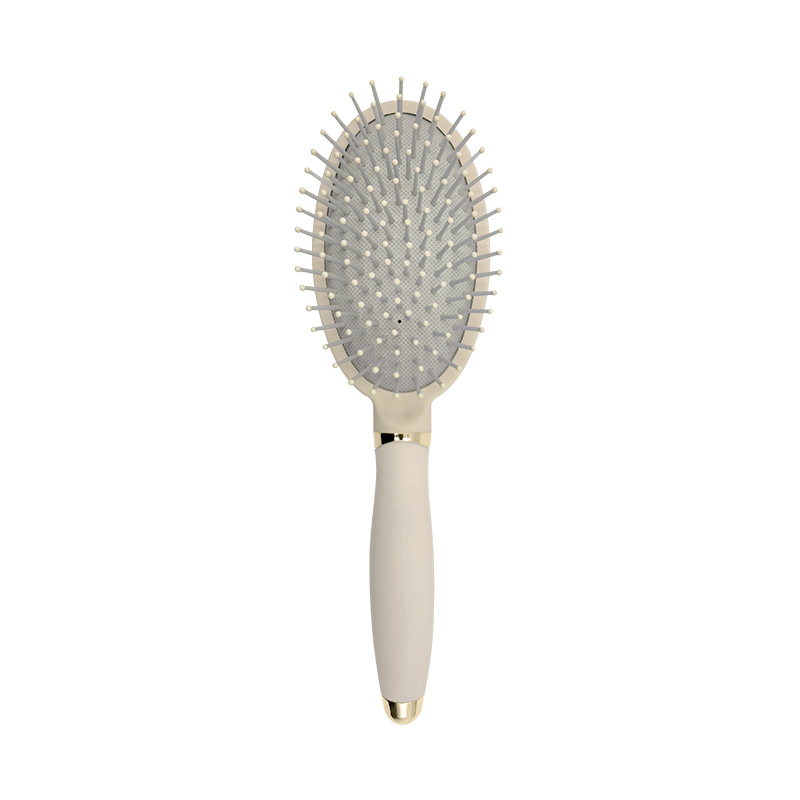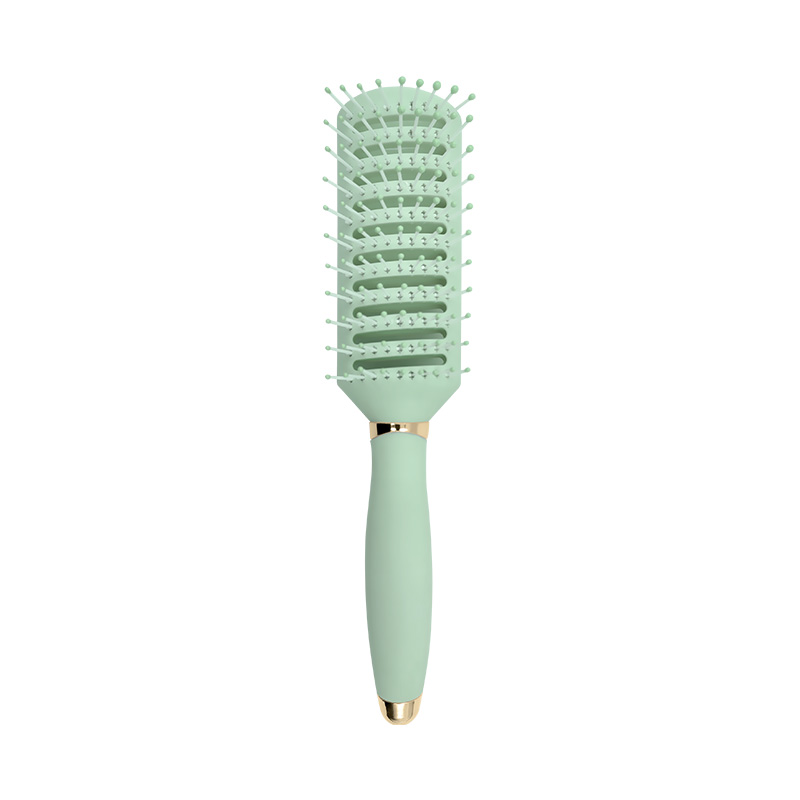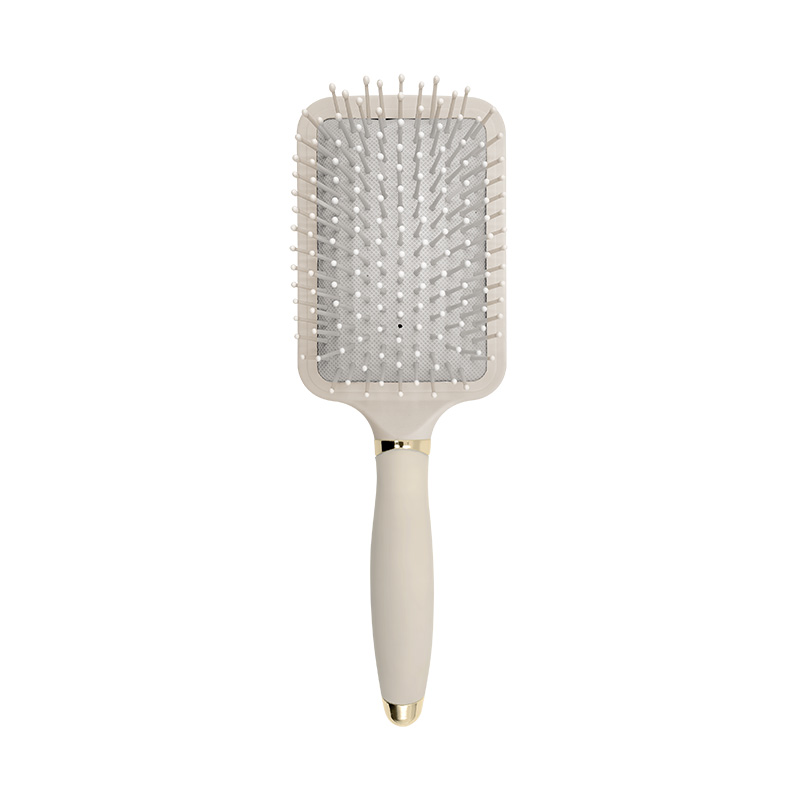One of the primary advantages of Rubber Molding Hairbrushes design is the flexibility it provides to the bristles or bristle tips. Unlike rigid plastic or metal bristles, rubber bristles have an inherent pliability that allows them to bend and move with the hair as the brush passes through. This flexibility reduces the mechanical tension that often causes tangling or pulling. When hair is thick or knotty, the gentle, adaptable nature of rubber bristles can navigate through without dragging or snagging individual strands. The movement of these flexible bristles ensures that hair is detangled smoothly, rather than being pulled harshly, which helps in maintaining hair integrity, particularly for those with fine or fragile hair.
Rubber molding is used in the creation of ergonomic handles that provide users with enhanced control during brushing. The design of these handles ensures that they fit comfortably in the hand, reducing strain and providing a secure grip, even when the brush is wet or the user is applying styling products. With an ergonomic handle, users can guide the hairbrush with more precision and less force, allowing them to delicately work through tangles or knots without pulling on the hair. This control minimizes the risk of hair being yanked or damaged due to sudden movements or excessive pressure, contributing to a smoother and more efficient brushing experience.
The rubberized surface of the handle offers a non-slip grip, which is particularly advantageous when brushing wet or styled hair. When a user’s hands are slippery from moisture or hair products, a rubber handle ensures that the brush remains firmly in hand, preventing any jerky, uneven movements that can result in tangling or hair breakage. A non-slip surface not only provides a more comfortable and secure hold but also enhances the overall stability of the brushing process, allowing users to gently guide the brush through their hair without inadvertently pulling on strands or causing knots. By promoting a steady brushing motion, the brush minimizes the likelihood of hair becoming tangled or damaged.
Rubber molding enables the precise arrangement and uniform spacing of the bristles in a hairbrush. With even bristle distribution, the brush is able to glide through the hair smoothly and evenly, which reduces the chances of tugging at specific strands. The consistent spacing between the bristles allows them to work through tangles gradually, rather than clumping together and causing snags. This even distribution of bristles helps in maintaining a uniform brushing technique, ensuring that the hair is detangled systematically without putting excess pressure on any single strand. It ensures that the hairbrush distributes force evenly across the surface of the hair, reducing the risk of pulling, breakage, and damage.
The design of rubber bristles features rounded or padded tips, which are critical in preventing hair damage. Sharp or harsh tips can easily catch and pull on individual strands of hair, causing tangles and breakage. In contrast, rubberized bristle tips are soft and rounded, which reduces the friction between the bristles and the hair. As the brush passes through the hair, these gentle tips slide over the surface of each strand without causing any friction that could cause to tangling. This is particularly important for users with sensitive scalps, as the soft, rounded bristles ensure that the scalp is not irritated or scratched during the brushing process. This feature is especially beneficial when detangling wet hair, which is more prone to breakage.


 简体中文
简体中文 English
English
